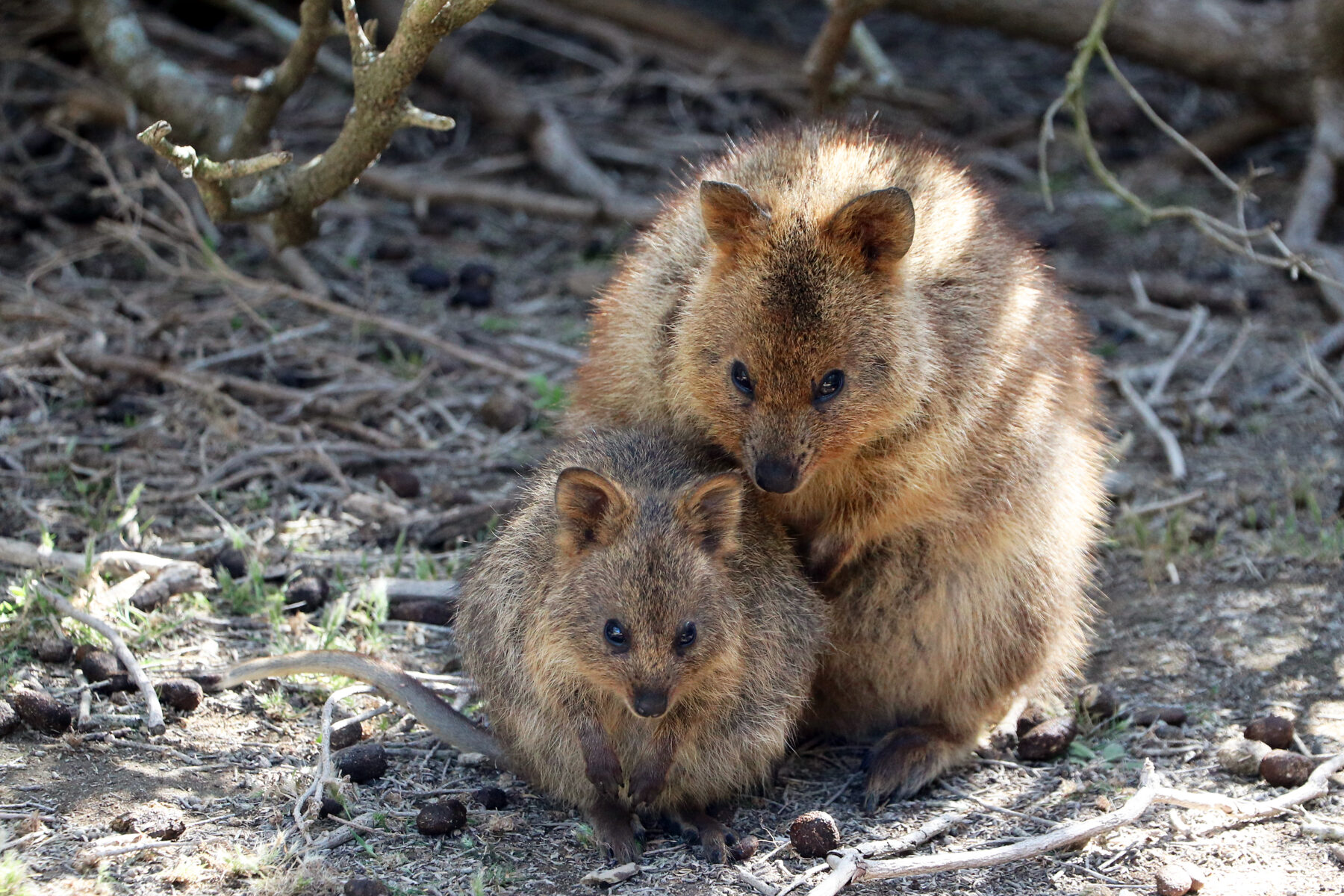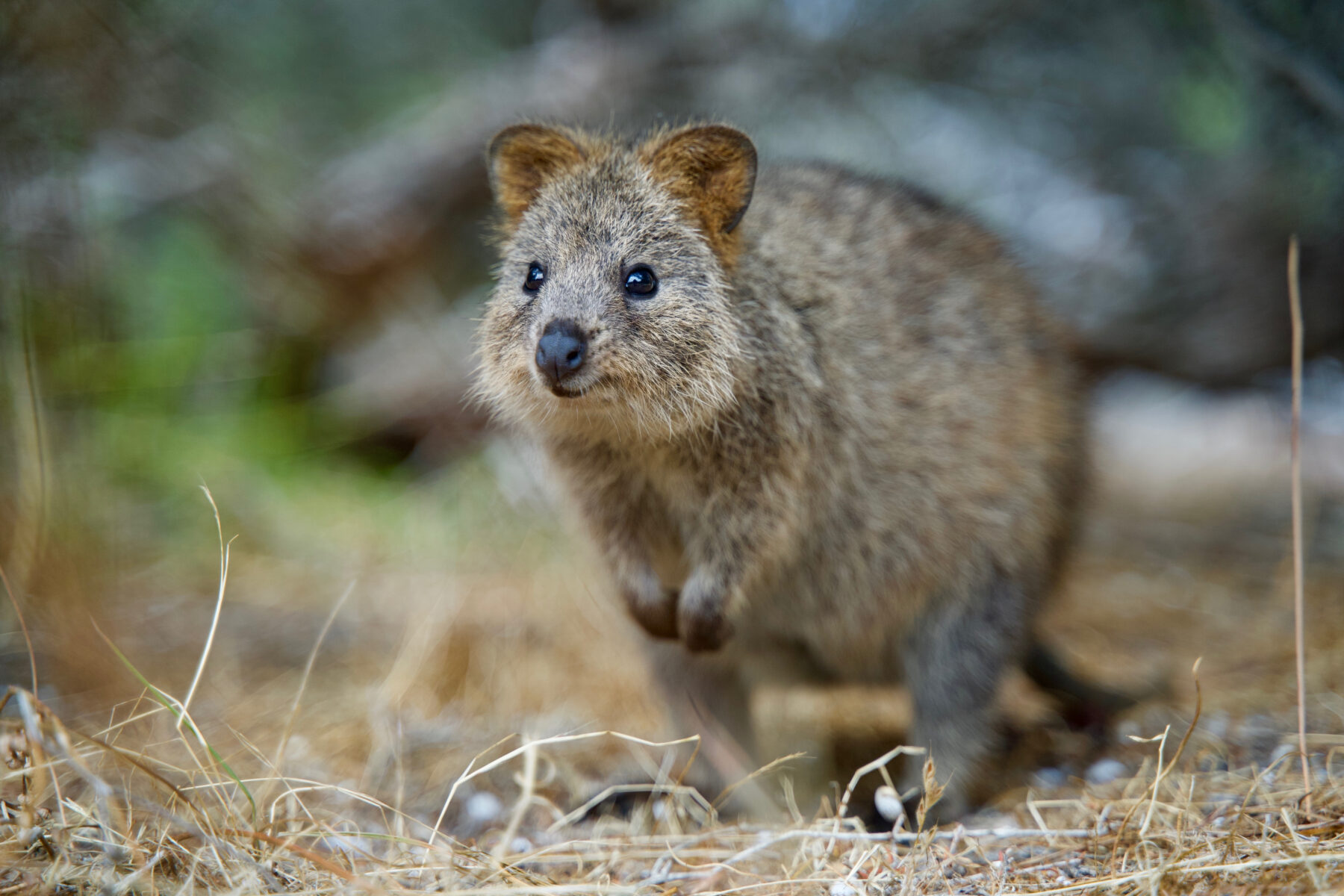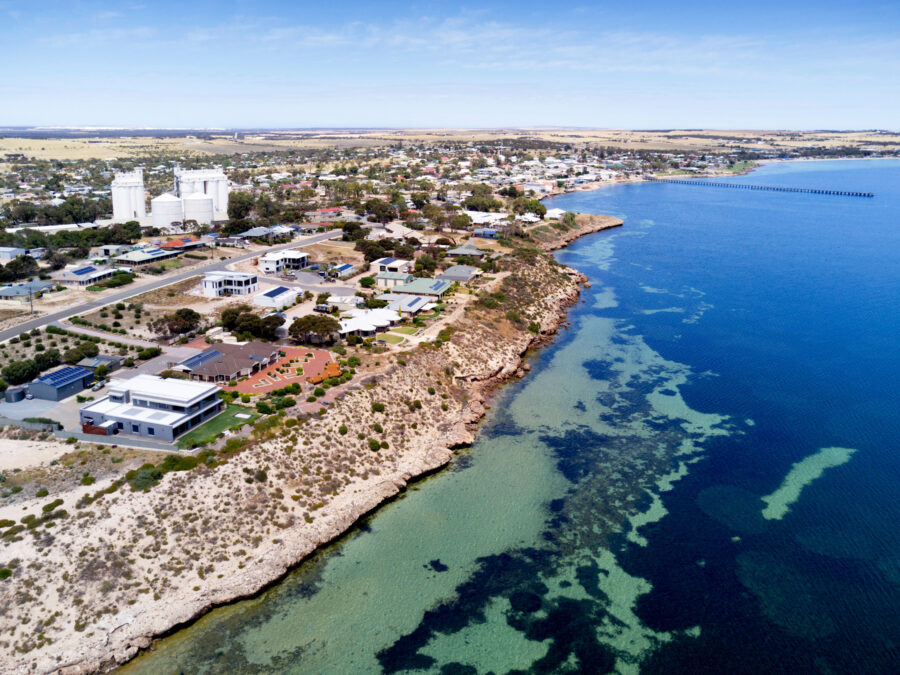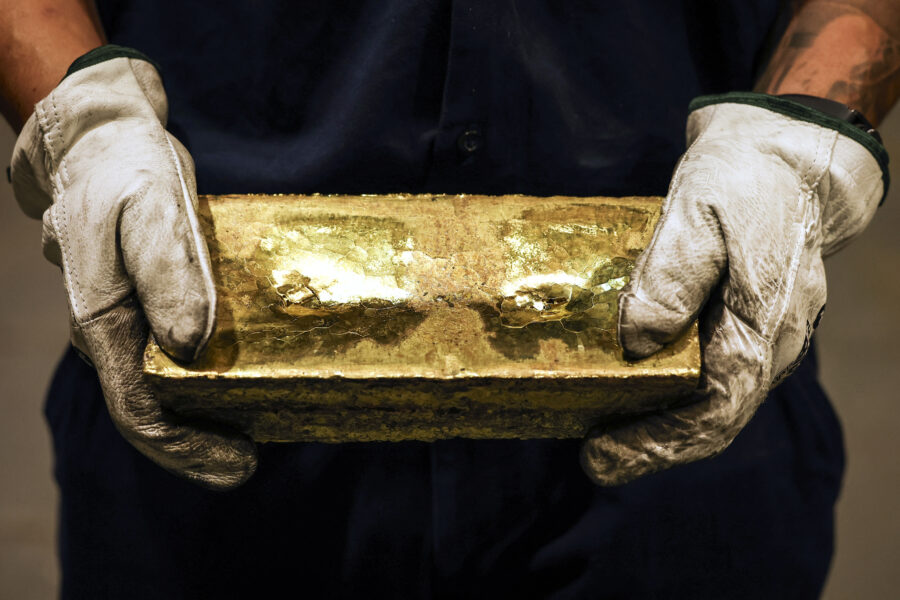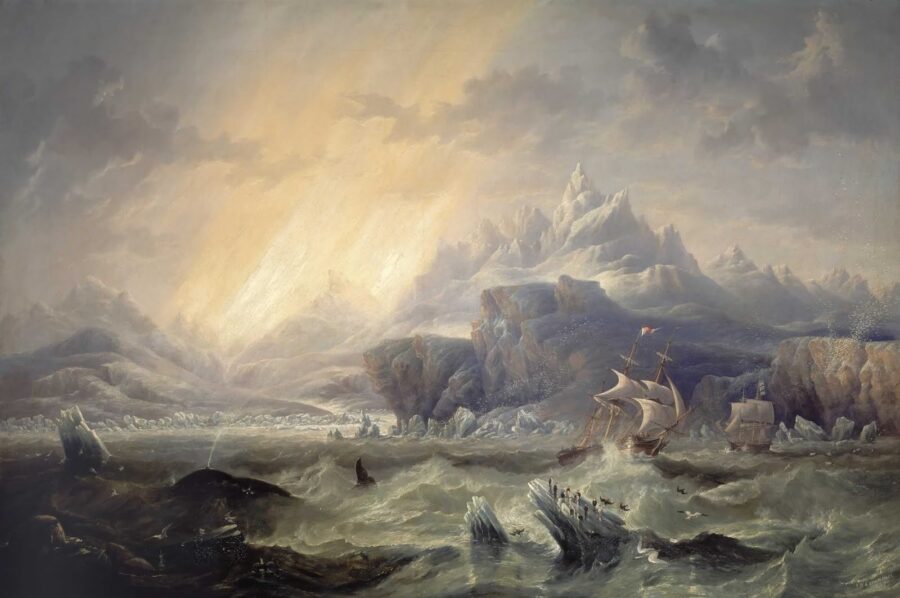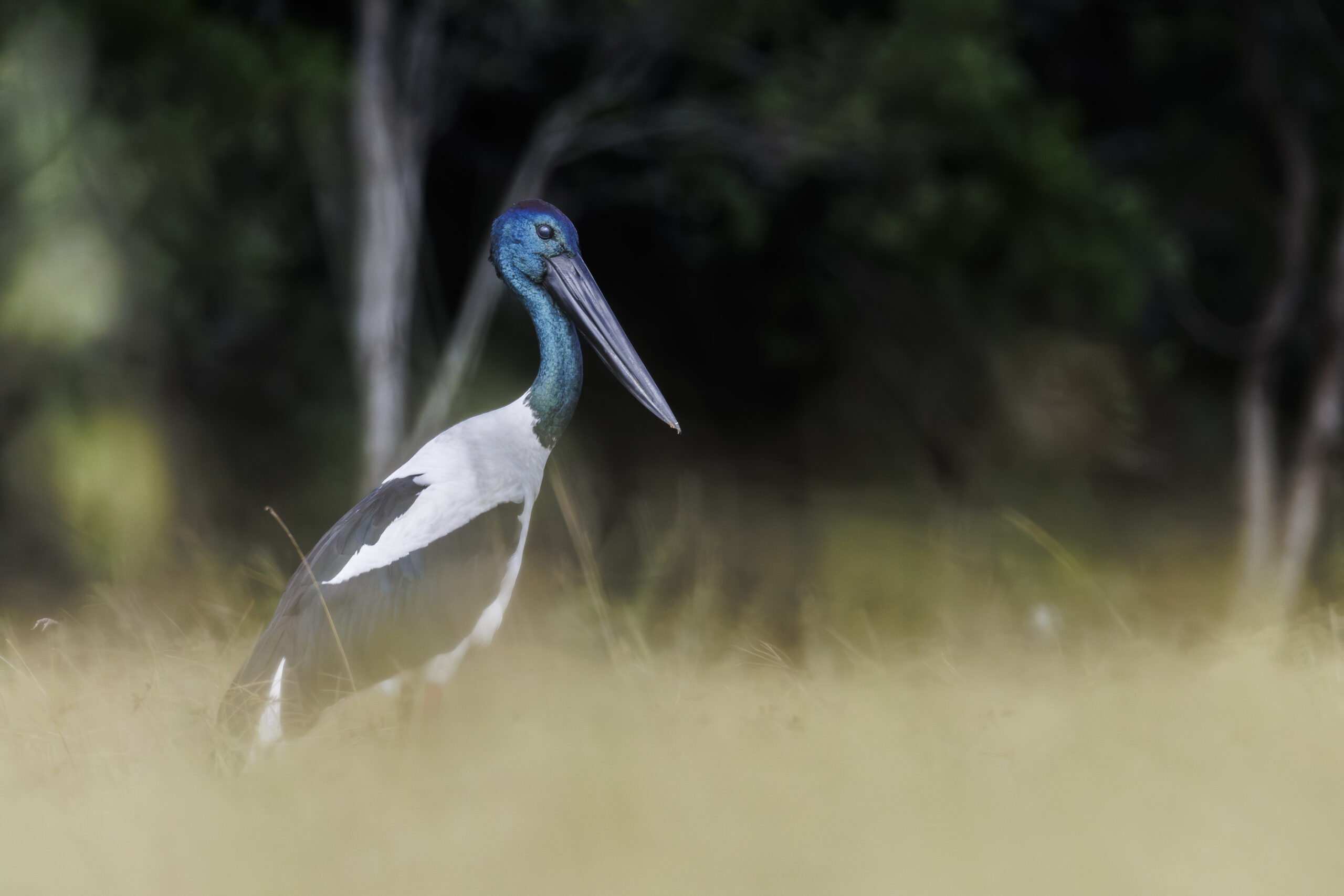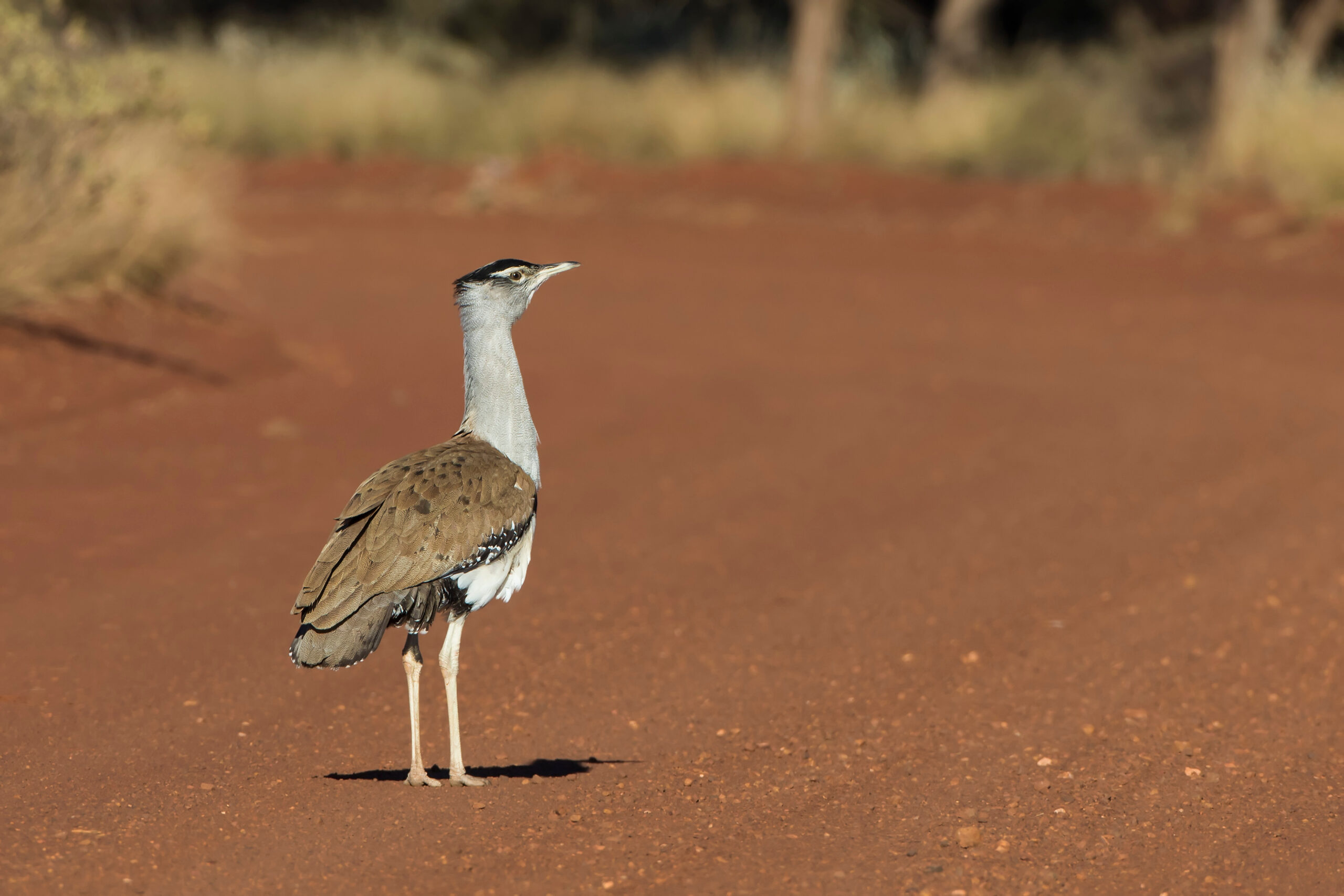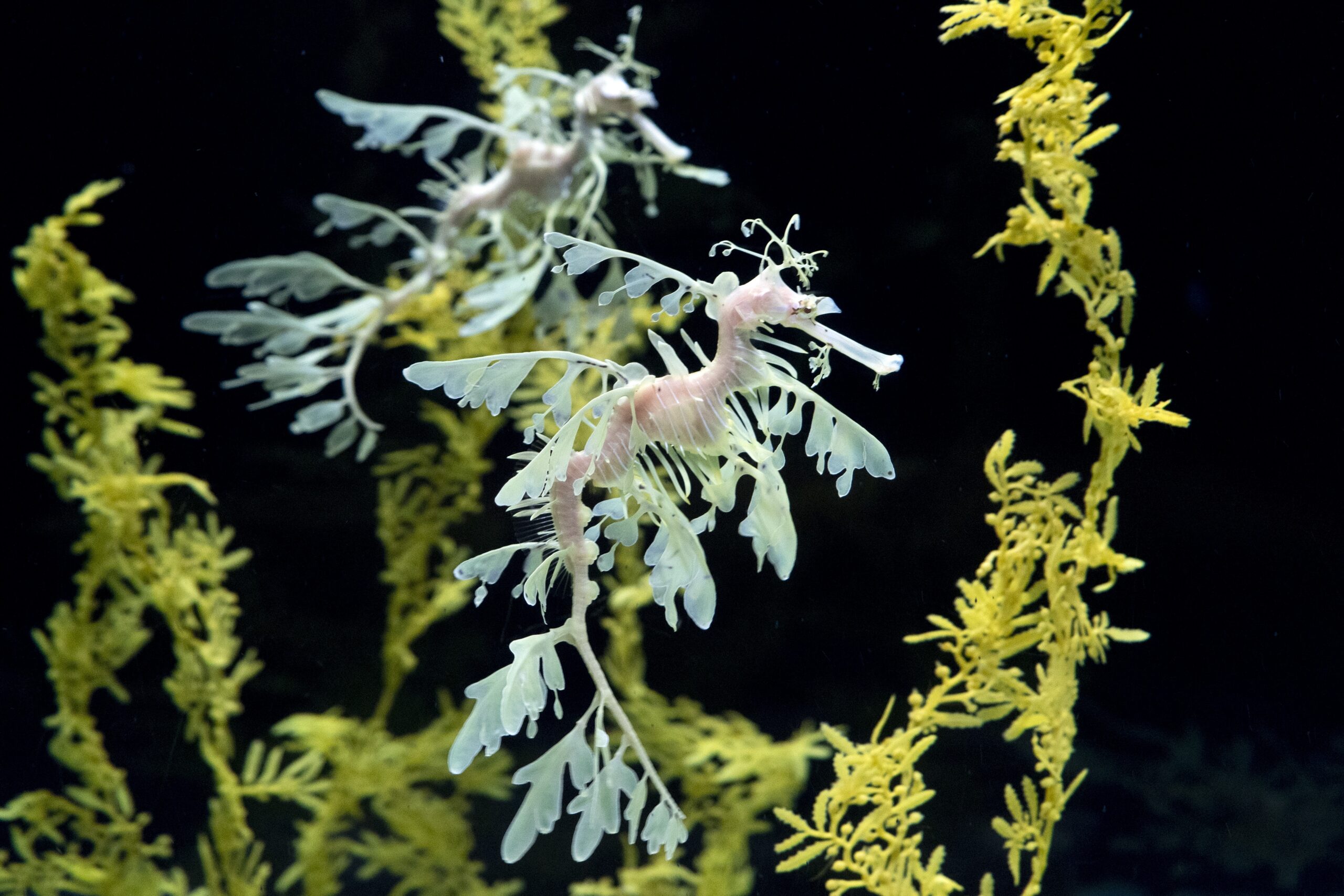| Common name | Quokka |
| Scientific name | Setonix brachyurus |
| Type | Marsupial |
| Diet | Herbivores, eating grasses and leaves |
| Average lifespan | Around 10 years |
| Size | 40-54cm in length, tail 25-31cm |
The only mammal that is native to Rottnest Island off the coast of Western Australia, the quokka is a type of small wallaby that looks as if it has a permanent smile on its face.
Dutch settler Willem de Vlamingh first spotted this small, grey-brown fur covered creature on the island, describing it as a type of giant rat. He went on to name the land mass Rottenest (‘rat nest’) after his sighting, with the now known Rottnest Island famous for this curious and cute critter.
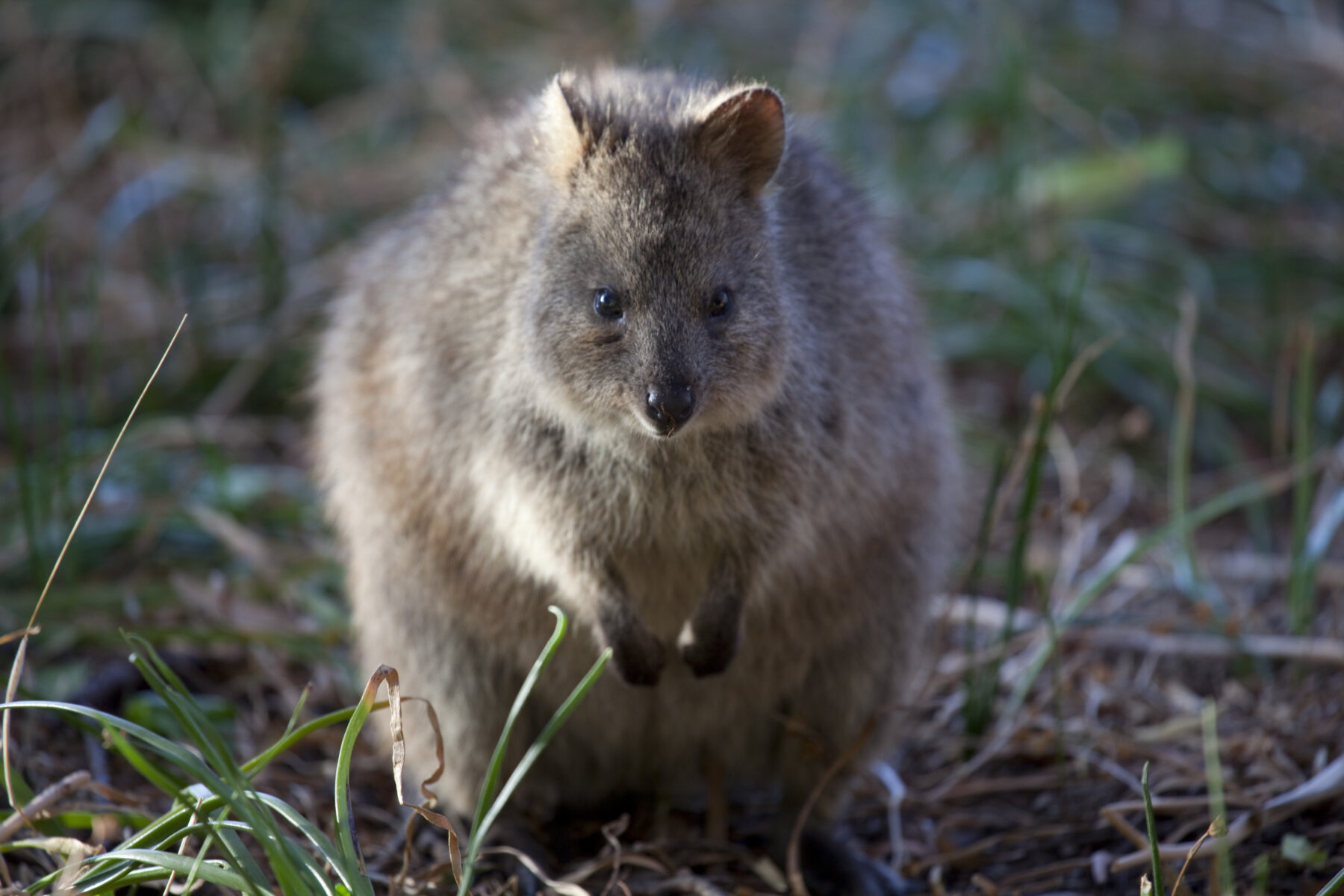
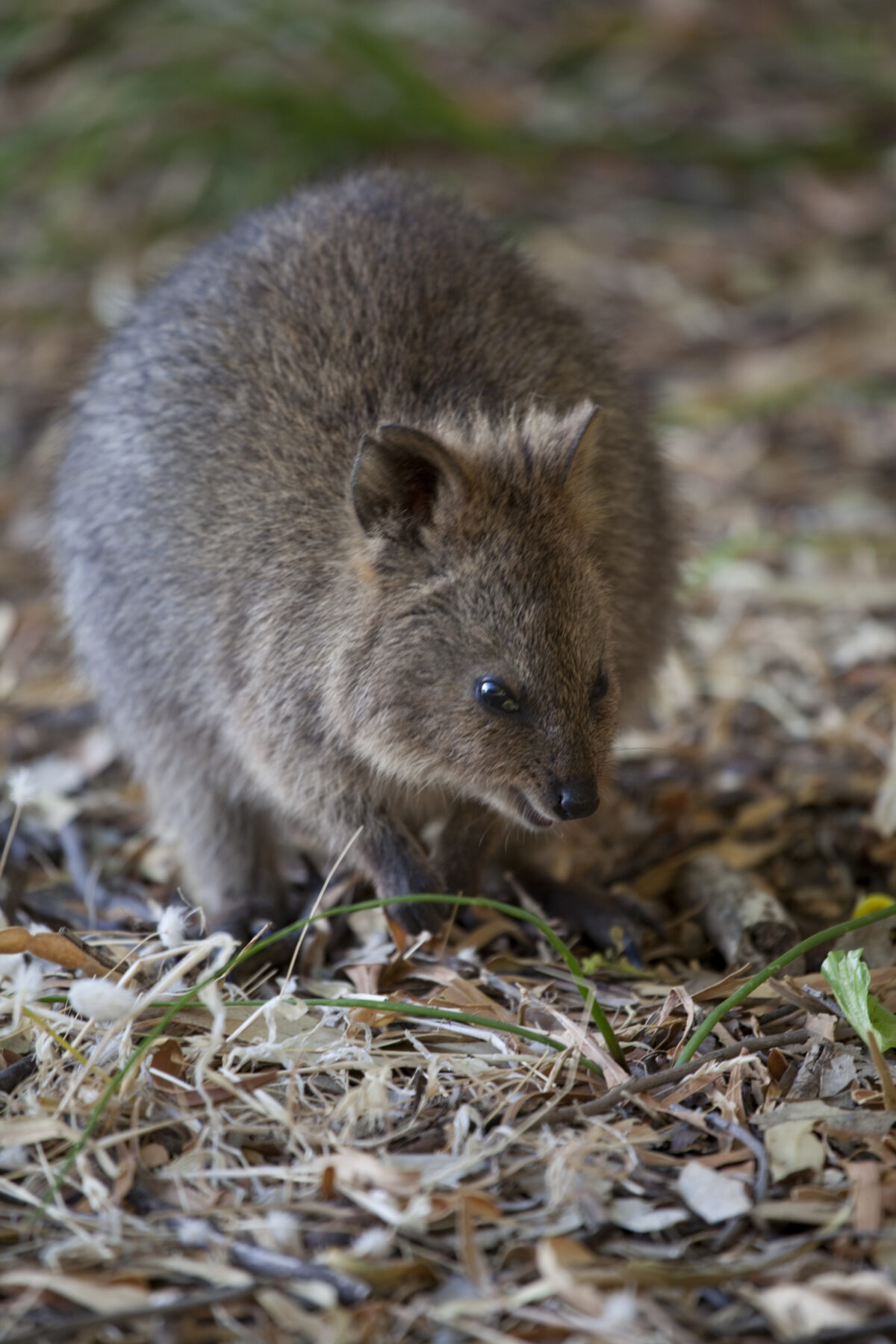
With thick, coarse fur, the quokka has a brown face with short, rounded ears and a naked snout. The quokka has a relatively short, hairless tail that tapers towards the end, with males growing larger than females.
Before European settlement, the quokka was found in abundance across the southwest of WA, including its offshore islands, but mainland populations were drastically reduced after the introduction of the red fox in the 1930s. Fragmented populations of this small wallaby can now be found on the mainland just south of Perth to the Hunter River, but larger populations are found on Rottnest Island (near Perth) and Bald Island (near Albany).
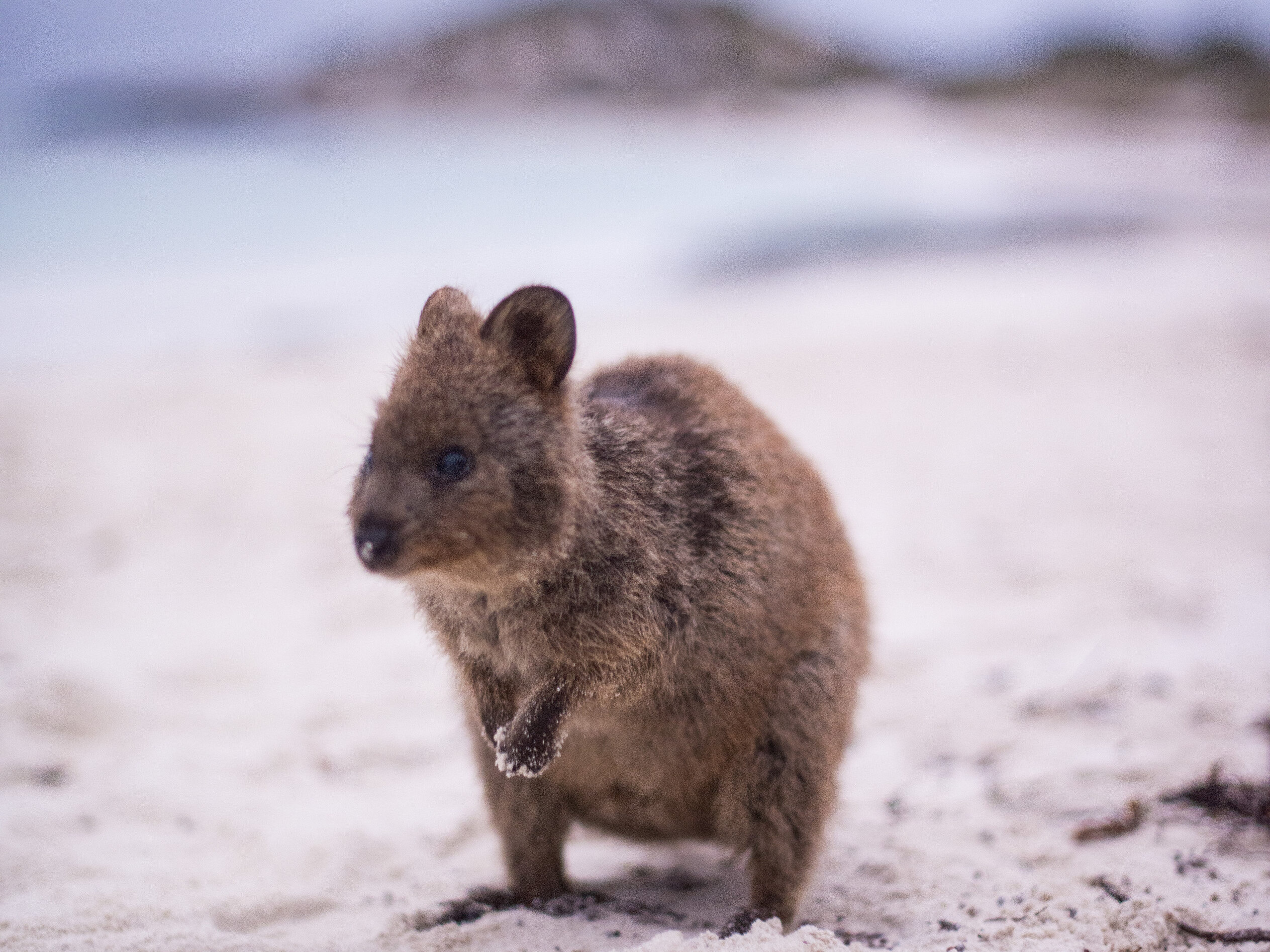
With the ability to climb trees, the quokka is described as a habitat specialist – preferring to inhabit areas that have been burned in the last ten years. On the mainland, quokkas can be found in dense riparian or swamp vegetation thanks to the animal’s relatively high-water requirement but can also be found in shrubland and heath areas. Rottnest Island’s semi-arid areas are favoured by the quokka, and the Island’s Limestone heath, woodland, wetland, and settlement areas support the largest known population of this wallaby in the world.
With a green diet, this browsing herbivore only eats plants and enjoys munching on tree and shrub buds, leaves, grasses, succulents, seeds, and roots. Mainly nocturnal, the quokka kicks back during much of the day, sleeping or resting in the shade or retreating to an area of dense vegetation to avoid predators. Known to create paths and trails through the undergrowth, the quokka is most active at night where it feeds alone or in a small group.
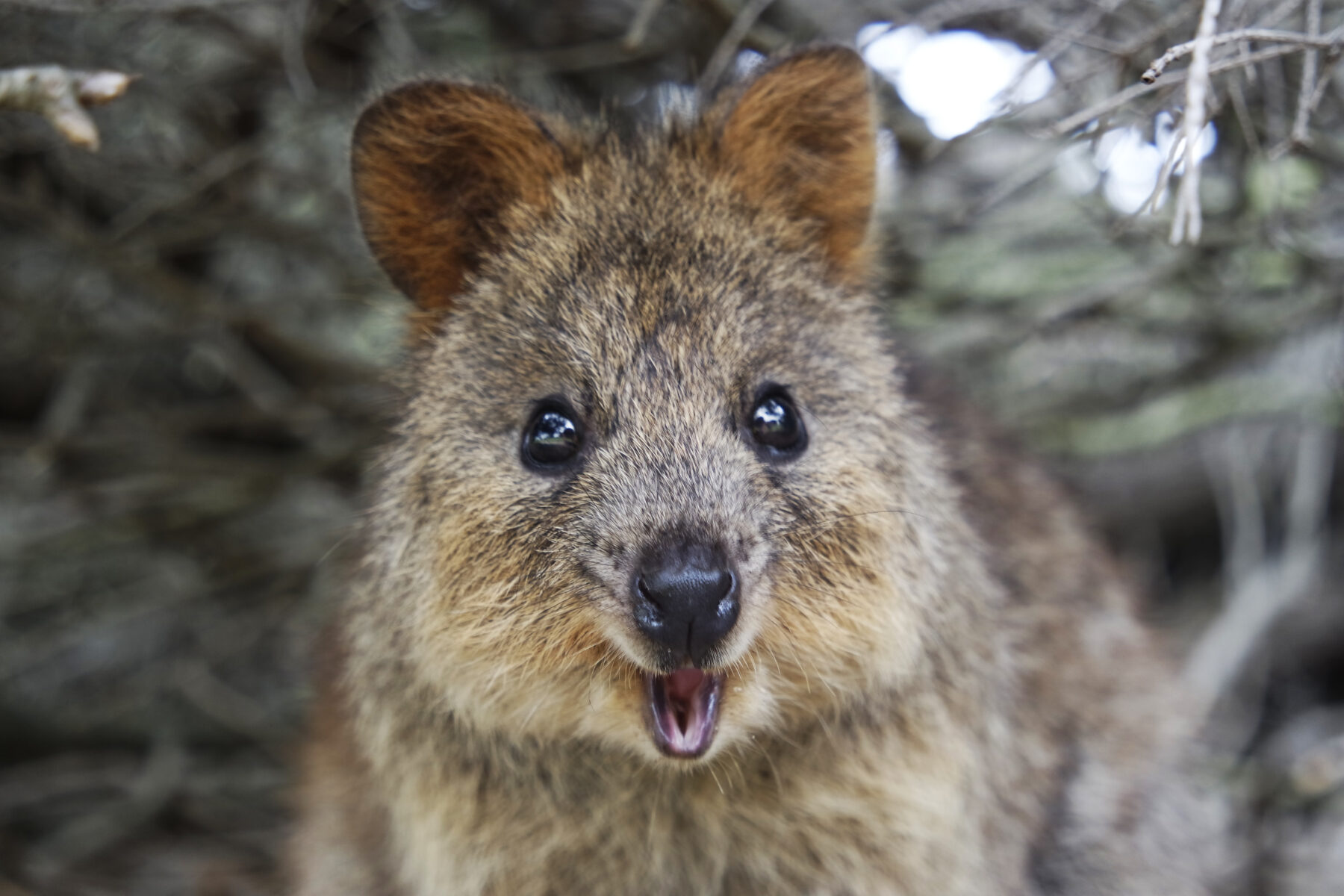
Quokkas have a short breeding season on Rottnest Island in late summer and one joey is usually born around February to April after just 27 days gestation. Staying close to mum in the pouch until August or September, the baby quokka continues to suckle for another two months and will return to the pouch periodically if cold or alarmed. Reaching sexual maturity at 18months of age, the quokka can live for up to ten years in the wild. interestingly, on the mainland, female quokkas can produce around 17 offspring during their lifetime, with two joeys being born per year.
This tiny wallaby tends to hop along the ground but also bounds and can climb trees to reach their food supply. The quokka is listed as vulnerable, with threats including dingoes, the red fox, and the destruction of habitat all reasons for a decline in population.
